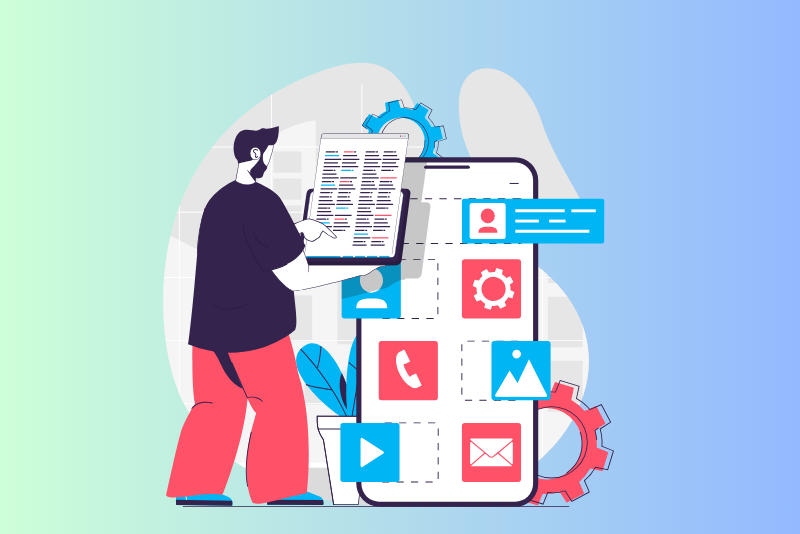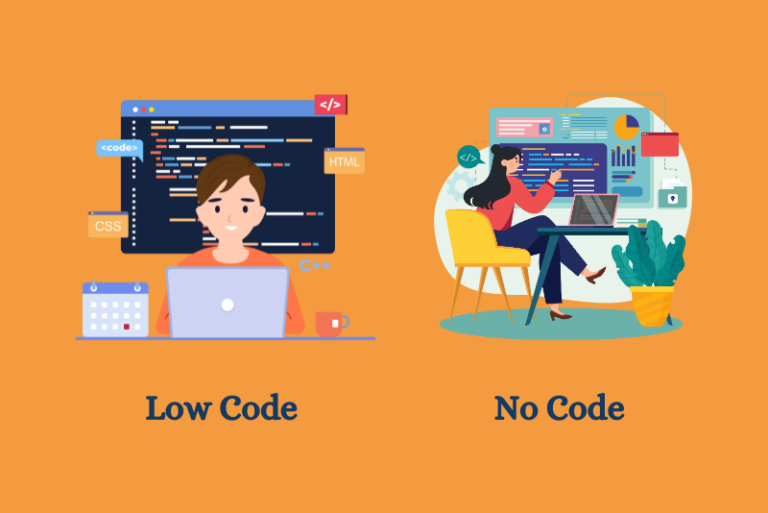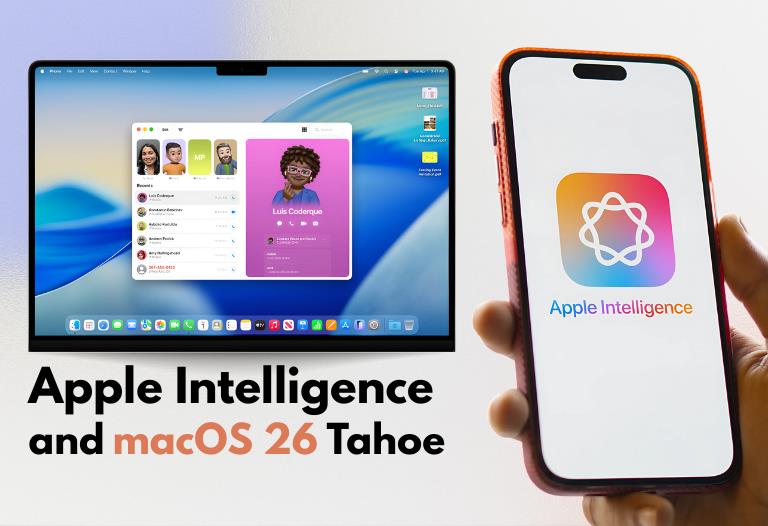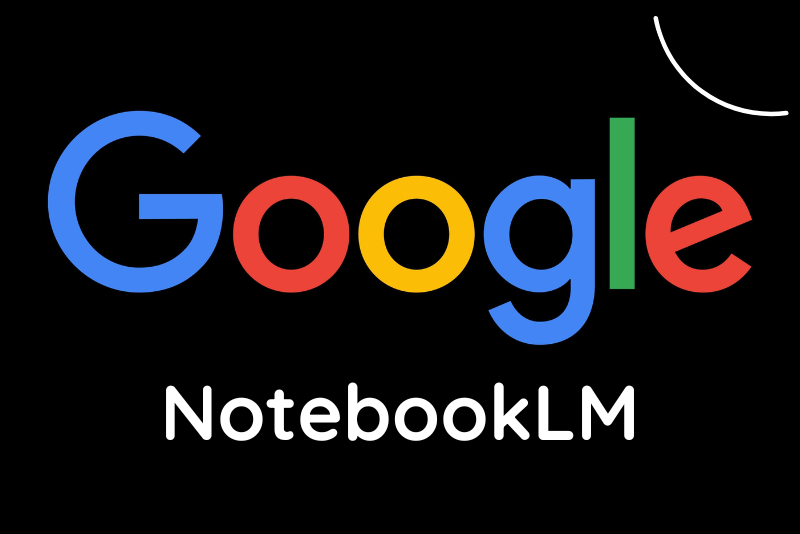
The pace of making apps for mobile phones determines, to a great extent, how fast you should be working. Flutter vs react native in 2024 competes to see who is the fastest. Flutter is well known for its smoothness, while React Native is an all-time favorite among those who prefer JavaScript. Which one is the fastest? Let’s find out! We’ll see what Flutter and React Native can do dynamically, what has improved, and what the practical applications are. We can determine which one is the most suitable for your next mobile app project. Let us get into the speed of these two fastest technologies.
Overview of flutter vs react native in 2024
When it come to flutter vs react native in 2024 both are the two well-known tools for building mobile apps. Flutter, Google’s creation, is reputed for its apps that look and function as if they are indigenous to the device they are using. It’s super-fast and enables developers to see the changes they make to their app immediately without having to restart from the beginning.
React Native, used on Facebook. It is very convenient, and many people use it, so you can always get assistance from a large community. JavaScript and React, two skills frequently used in web development, can be used by React Native developers. This makes building mobile apps quick and less stressful.
Developers of Flutter and React Native can write the code once and then employ it on different types of devices. This enables the economical use of both time and funds. They get new updates all the time, so devs have the newest tools and features to make cool apps.
Speed Comparison Between flutter vs react native in 2024
Speed is an important element to consider when developing a mobile application, such as Flutter or React Native. Here’s a breakdown of key metrics used to assess the speed and performance of these frameworks:
-
Startup Time comparison between flutter vs react native in 2024
This is known as the period from the user clicking on the app to when it opens. The shorter launch time allows users to enter the app immediately without a long wait.
-
UI Rendering Speed
UI rendering speed directly affects the rate at which things appear on the screen. A UI rendering speed that is performed faster and smoother ensures a perfectly responsive user experience.
-
Compilation Time
Compilation time indicates the amount of time it takes to translate your code changes to a program that you can execute. The faster compiling time results in a faster development process that enables quicker iterations and updates.
-
Hot reload capability
The hot reload capability allows developers to see the changes in the app’s UI immediately, without restarting the application. This is the quickest way to boost the pace of development without a place for real-time adjustments and debugging.
-
Animation performance
Animation frame rate is a measure of how smooth and fluent animation is shown within the app. Fast animation performance will make the app more visually attractive and thus improve user engagement.
Through the analysis of these metrics, developers may find out that flutter vs react native in 2024, which fits speed requirements, is the better choice for them. Every one of these metrics serves its purpose: to make the app work quickly and comfortably for the end users.
Performance improvements in Flutter
In 2024, Flutter has built on its performance improvement journey, and the goal is to empower developers through fast and efficient mobile app building. Here’s a glimpse into the notable improvements introduced:
-
Optimized Rendering Engine
Flutter makes sure that when you’re using it, everything on the screen shows up quickly and moves smoothly. This optimization does improve the instantaneity and flow of Flutter apps and consequently introduces the users with a smooth experience.
-
Reduced app size
Developers get thrilled as Flutter offers ways to deal with this without reducing any functionality. With the ability to lessen unneeded dependencies and improve resource management, Flutter can develop lighter apps that occupy less space on devices and download faster.
-
Improved hot reload functionality
Hot reload, which is highly loved among Flutter developers, will keep getting better updates in 2024. Update to the hot reload functionality enables quicker development iteration cycles where developers can instantly witness all UI changes without restarting the application.
-
Enhanced support for complex animations
With Flutter, developers can now meet their complex animation needs effortlessly, helping them build impressive UI. As optimizations operate under the hood, animations offer efficient execution, which translates to a visually superior experience without performance bottleneck.
In this way, the Flutter’s performance enhancements reduce the introduction of bugs and help deliver mobile apps of high quality. The Flutter framework caters to the speed and efficiency paradigm while reinforcing its positioning as the main toolkit for developing cross-platform applications.
Read More: https://primotech.com/blog/why-flutter-is-the-top-choice-for-cross-platform-app-development/
Advancements in React Native Speed
Want to supercharge your app with the help of React Native? Get inside the most revolutionary innovations that made a buzz in the gaming world. Here’s a rundown of what’s been cooking:
-
Updates to React Native Core
The point of focus of the React Native core architecture has been the performance, which has been updated multiple times with the purpose of improving the performance. With these updates, you will be able to deal with the hinderings and improve the performances to provide you with fast and smooth running of the apps.
-
Hermes JavaScript Engine Integration
Say hello to Hermes! This lightness script engine is bringing a storm in React Native for its ability to speed up app startup times and reduce the consumption of memory. Board Hermes and your app will be quicker for the users.
-
Enhanced metro bundler
The upgraded metro bundler responsible for merging javascript code in react-native projects is available for use now. They streamline the process and enable construction to take less time and faster reload during development.
-
Improved handling of large datasets
Dealing with large datasets? React Native is here to give you a helping hand. Modern data handling solutions maintain the performance of your app by processing tons of data. Say goodbye to working with large amounts of data with slow performance.
Along with these fast React Native speeds, developers can take their apps to the higher ground, delighting their users with aplomb. Therefore, arm yourselves and use these tweaks to enhance your apps’ speed and maintain the interest of your customers.
Real-World Case Studies
Both Flutter and React Native are now rivals for the title of mobile app development champion in the cross-platform segment. But are they effective in daily life? Hence, let’s review the companies that are using these models and what they are doing regarding speed and performance.
React Native’s Established Edge
Social media giants like Instagram and Facebook have been using React Native for some time to develop their applications. This process is due to what React Native uses – the native components for UI and, therefore, apps produced by it have a native look and feel. One of the most vivid examples is Airbnb, which shows React Native’s ability to perform complex functions in no time.
Flutter’s Rise to Performance
In spite of being a young brand, Flutter is notable for the delivery of quality performances. Google uses Flutter for Google Ads which means that it can provide a user with a fast and smooth experience. Just like, the native Alibaba mobile app, coded with Flutter shows the versatility of Flutter.
The Choice for Speed in flutter vs react native in 2024
Despite the similarity of the concepts, there are still some tiny differences. Generally, Skia graphics engine that Flutter uses itself is much faster than the other rendering engines. This will ensure that no lag appears in animations and UI transitions. On the one hand, React Native could be the winner in terms of memory usage, and it could be also responsible for some more “native-feeling” apps.
At the end of the day, it all comes down to the best option that will cater to the needs of your project. Yet, the practical examples display how both Flutter and React Native are sufficient tools for producing mobile apps, catering to the expectations of even the demanding user.
Performance benchmarks and tests in flutter vs react native in 2024
Is Flutter and React Native compared to performance? Go deep down to the latest performance benchmarks and tests to get a full understanding of which one is better in our case:
-
Objective Data
Find out about third-party testing and benchmark results from organizations or developers. The types of tests will give unbiased information to help you make an informed choice.
-
Comparison Analysis of flutter vs react native in 2024
Let’s dig deep to compare the speed and performance of Flutter vs. React Native in 2024.. Explore performance indicators such as rendering times and hot reload effectiveness to understand how each framework performs in these contexts.
-
Expert Analysis
Advantage from highly trained experts that concisely explain the aspects of the performance results. Learn how architecture differences, and community support, impact rates, to choose the appropriate speed for your project.
-
Real-world Implications
Learn about the difference between simulation and reality in spaceships. Get familiar with real-world case studies that demonstrate how Flutter and React Native work in different scenarios. These will help you plan to predict their performance in your projects.
-
Future Considerations
Look forward to mobile app development with flutter vs react native in 2024. Consider whether either potential framework gives you an edge and if so, how you can incorporate it into your long-term planings.
Through researching benchmarks and performance tests, you can determine which solution accommodates your requirements for speed and performance. Renew your lead by using reliable data and outside advice to guide your decisions.
Conclusion
In 2024, when you’re deciding between flutter vs react native in 2024 for making mobile apps, consider how fast and well they work. Both frameworks are astonished by their unique strengths, but the choice comes down to things like rendering times, hot reload capabilities, and general performance. Developers and businesses should reflect on these factors consciously to choose their projects well. Whether it’s Flutter’s quick rendering or React Native’s large community of developers, the framework you choose can be a game-changing factor for the success of your app. Remember your goals and choose between the options that will be the fastest and most efficient for you.




 April 3, 2024
April 3, 2024










